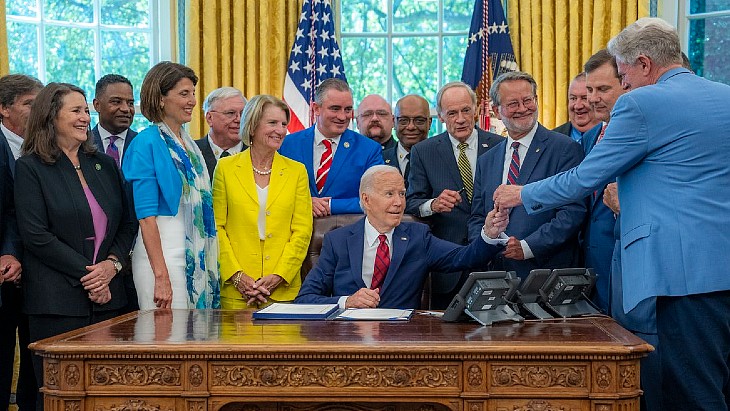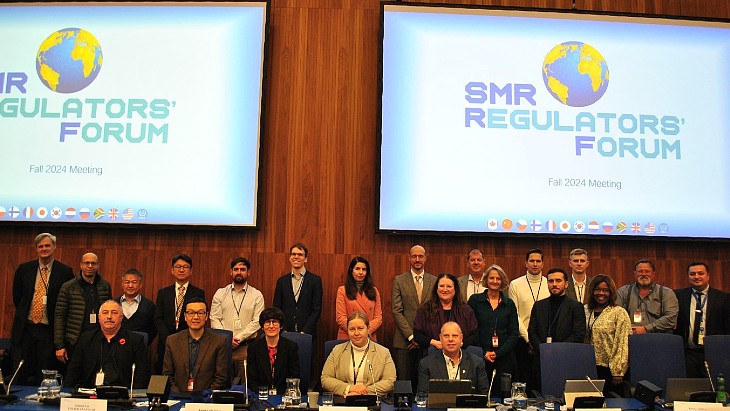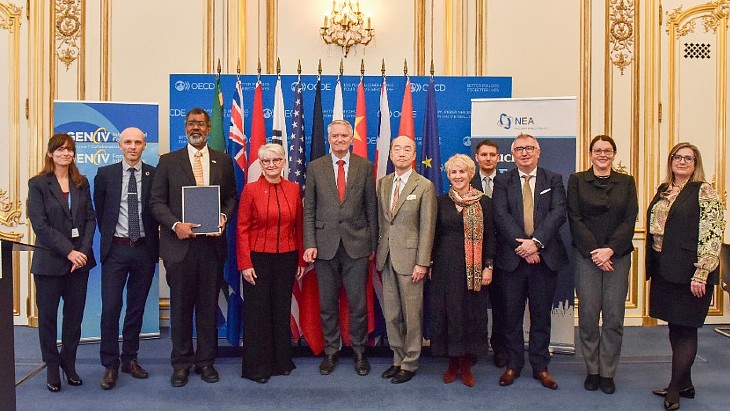MHI develops explosion-proof robot
.jpg)
MHI said it develop the EX ROVR plant inspection robot with explosion protection features to limit the danger of the robot itself igniting an explosion or fire from electrical sparks or heat, even in areas with flammable gas.
A demonstration run using the robot was recently conducted by MHI jointly with JXTG Nippon Oil & Energy Corporation at its Mizushima Refinery in Kurashiki, Okayama Prefecture.
During the test, the EX ROVR moved autonomously through several floors of the narrow plant building including navigating stairs, collected data from its various sensors, and managed continuous automated operation including charging at a docking station, MHI said.
The robot is still in development, but the test confirmed that it meets the requirements for basic functionality to conduct routine patrol inspections at JXTG Energy's plant, and handle emergency situations. MHI and JXTG Energy will thoroughly analyse the test results to further resolve issues, and make improvements.
MHI said it will conduct further tests and demonstrations in a range of plant environments in order to "further expand inspection and surveillance functionality and enhance safety", with the aim of commercialisation. It is developing the explosion-proof plant inspection robot "based on its success with robotics technologies in such areas as support for nuclear plant accident containment".
MHI is one of several companies that has developed robots for use in the inspection and decommissioning of the damaged Fukushima Daiichi nuclear power plant.
The MEISTeR (Maintenance Equipment Integrated System of Telecontrol Robot) can trace its ancestry back to the RaBOT (Radiation-proof Robot) nuclear hazard response robot developed by MHI in response to a 1999 criticality accident at the Tokai-mura nuclear fuel processing facility. MEISTeR has two arms which can be fitted with different tools to enable it to carry out tasks such as carrying objects, drilling and opening and closing valves.
MHI also developed the Super-Giraffe (for Global Innovative Robot Arm for Future Evolution) for performing various tasks at Fukushima Daiichi. The Super-Giraffe comprises four modules: a platform, a load-lifting module, a robot arm and an attachment tool.


_58601.jpg)
_49215.jpg)









